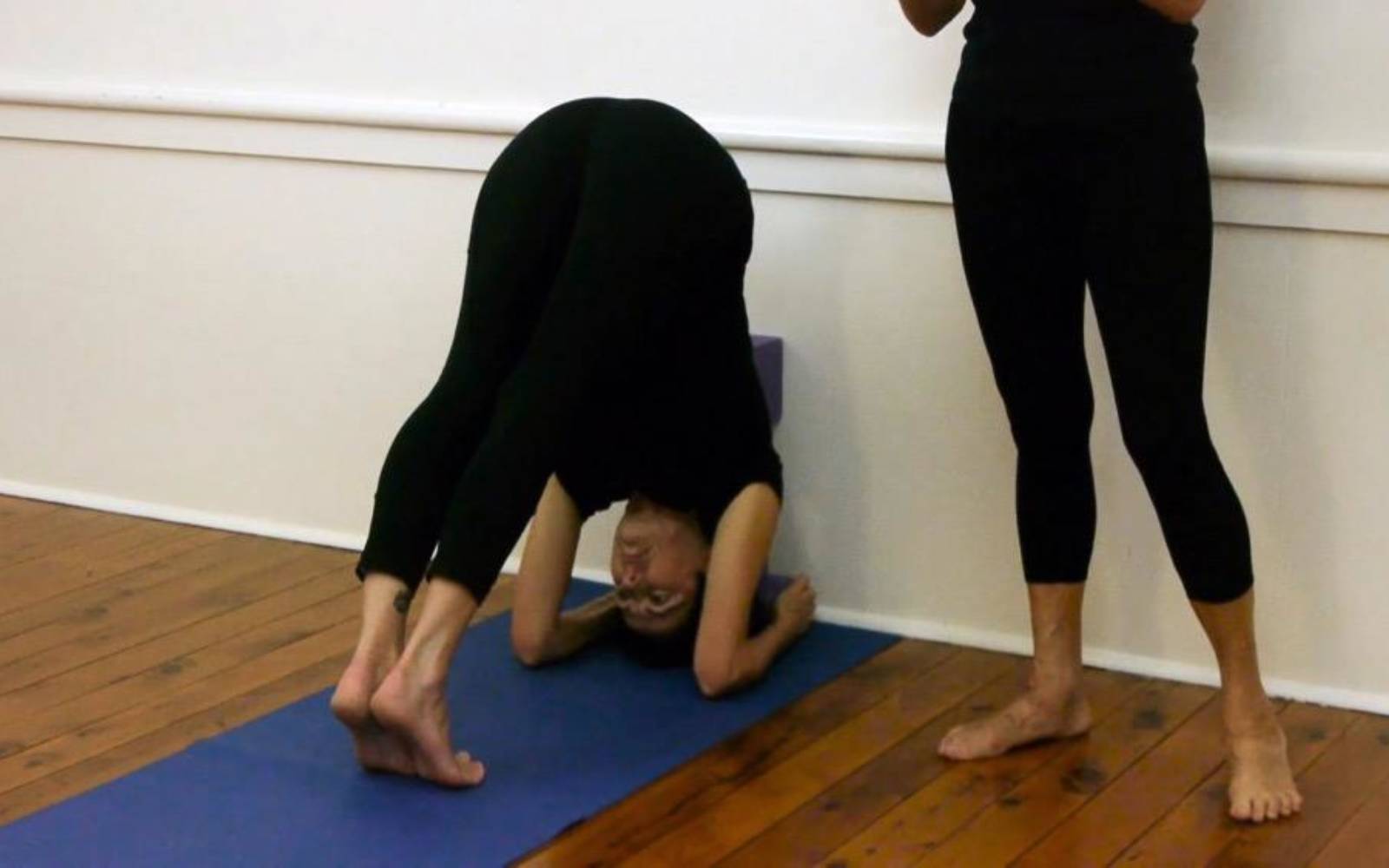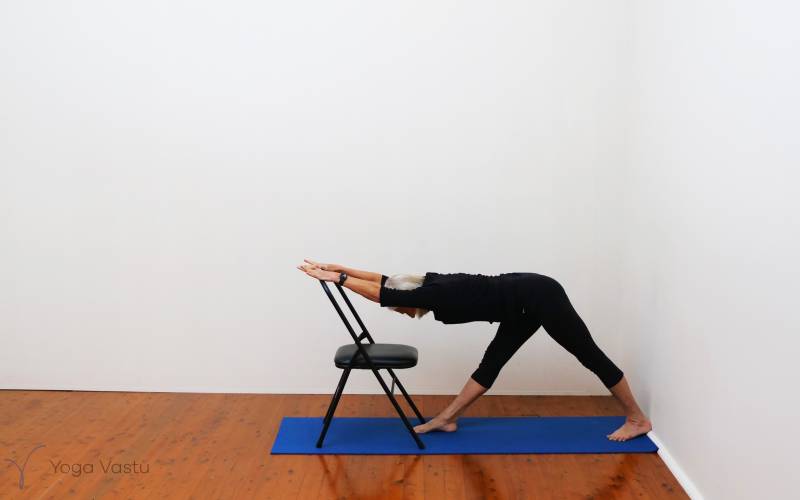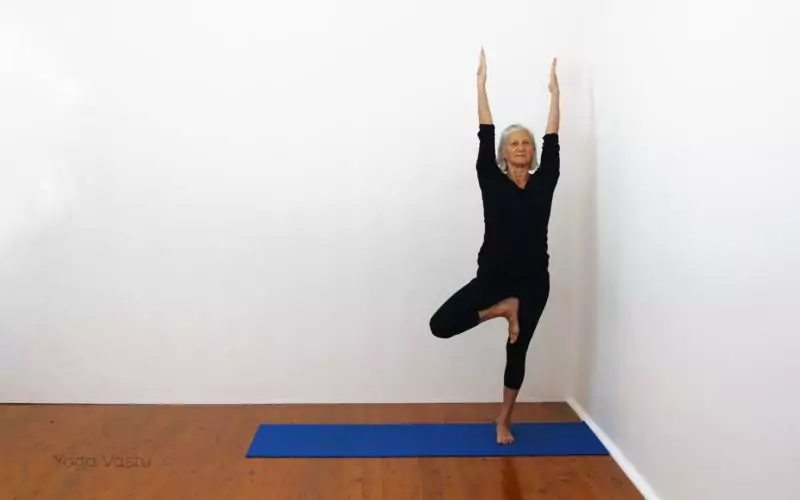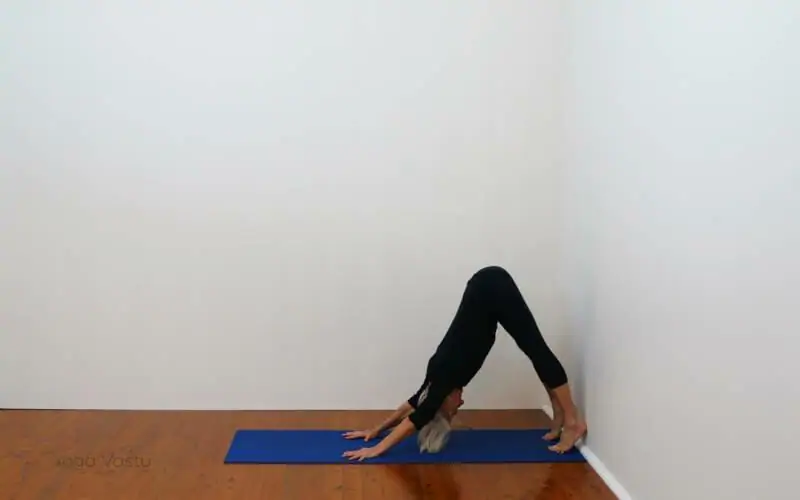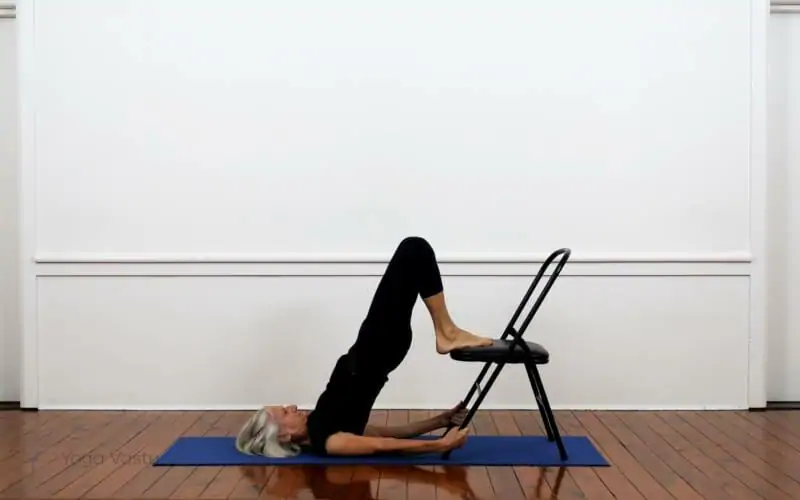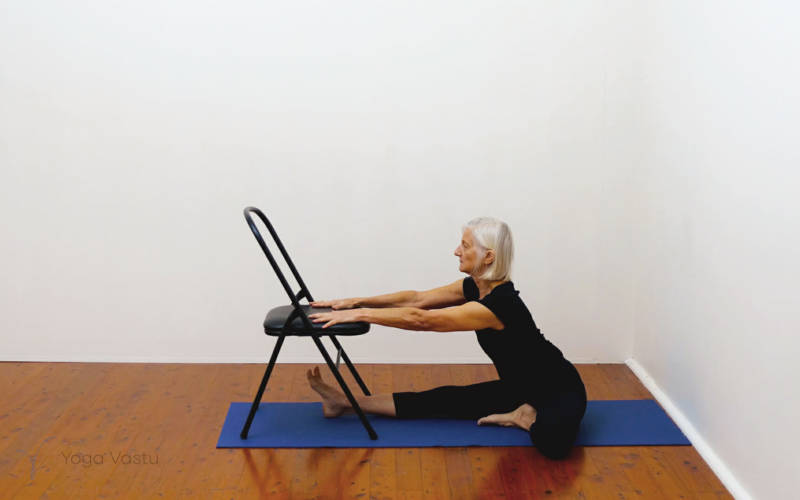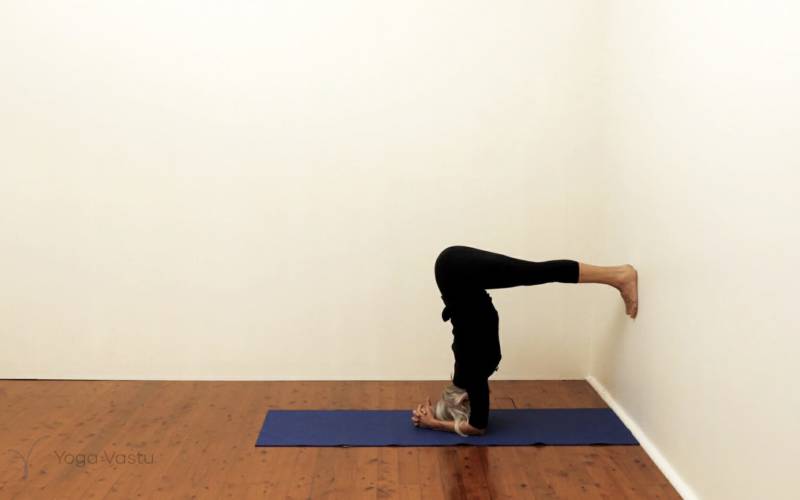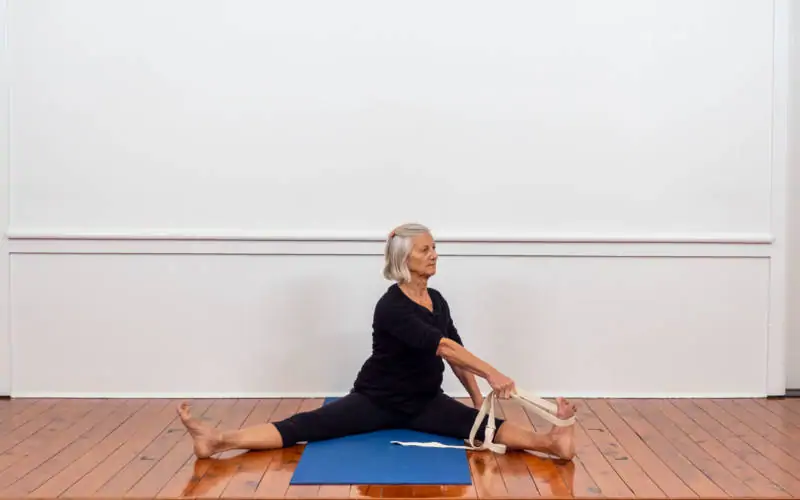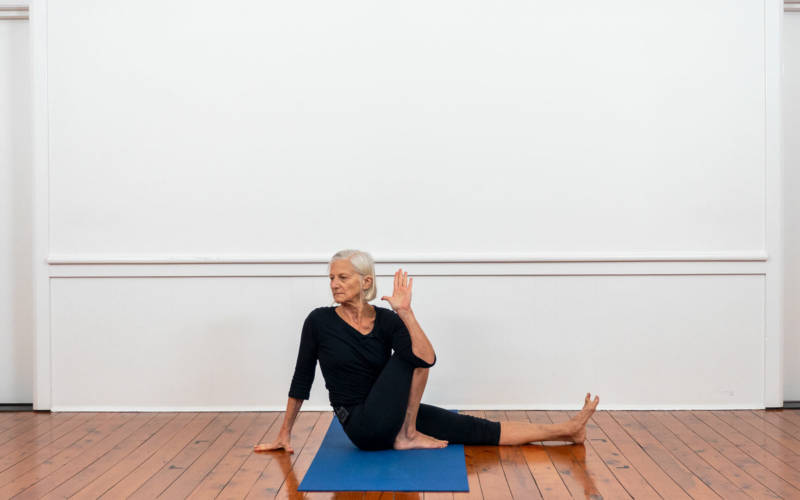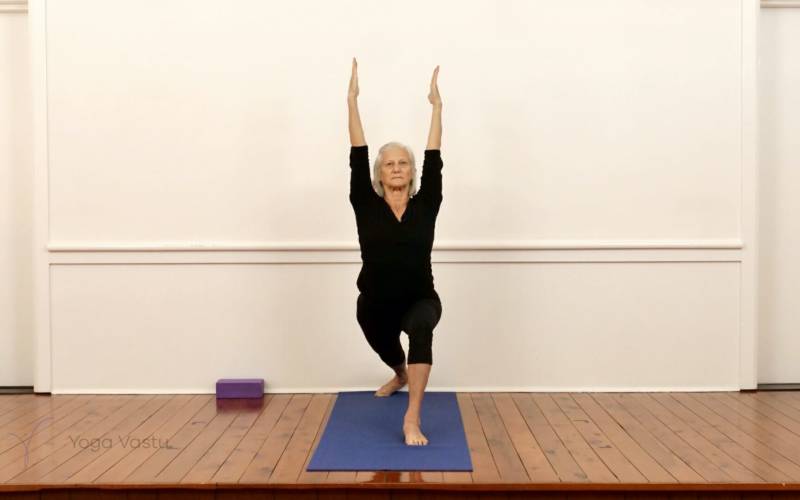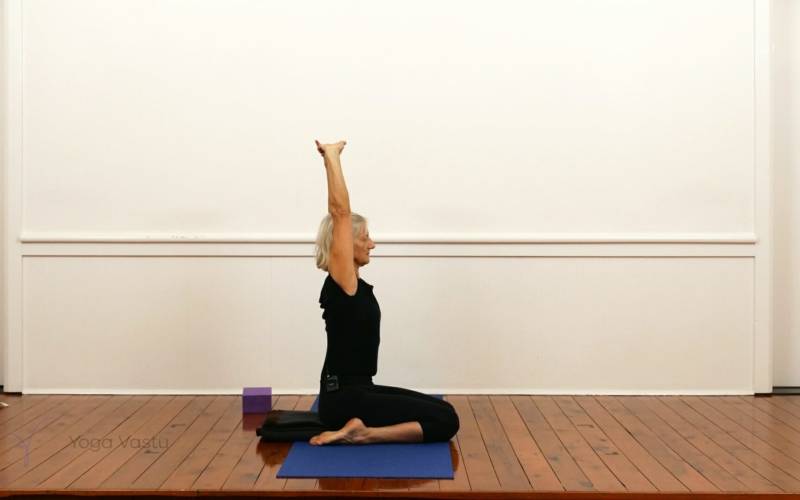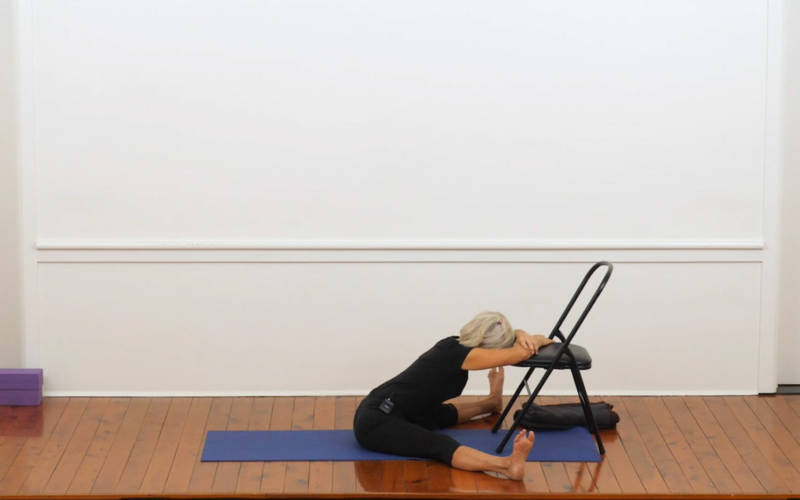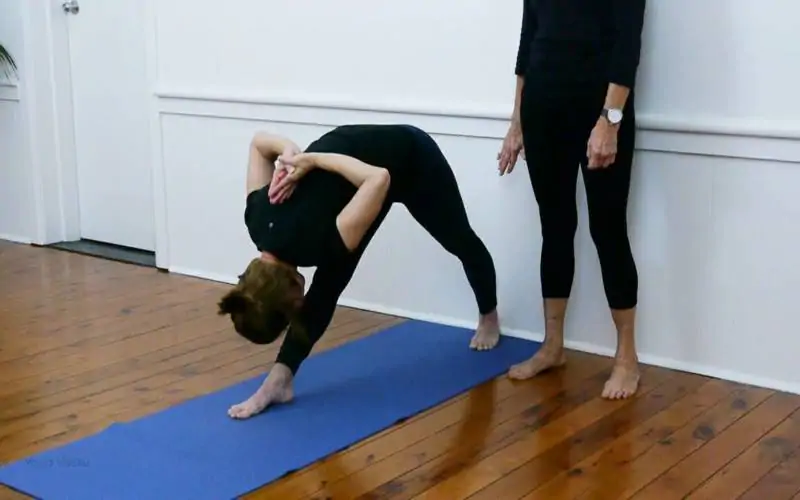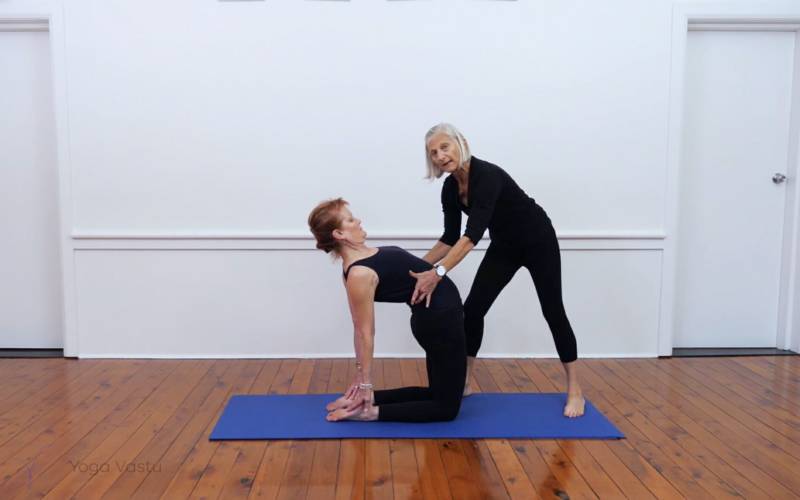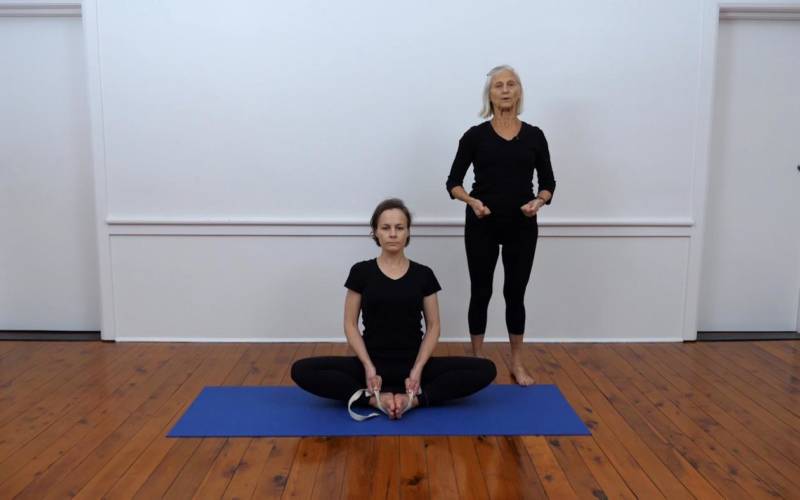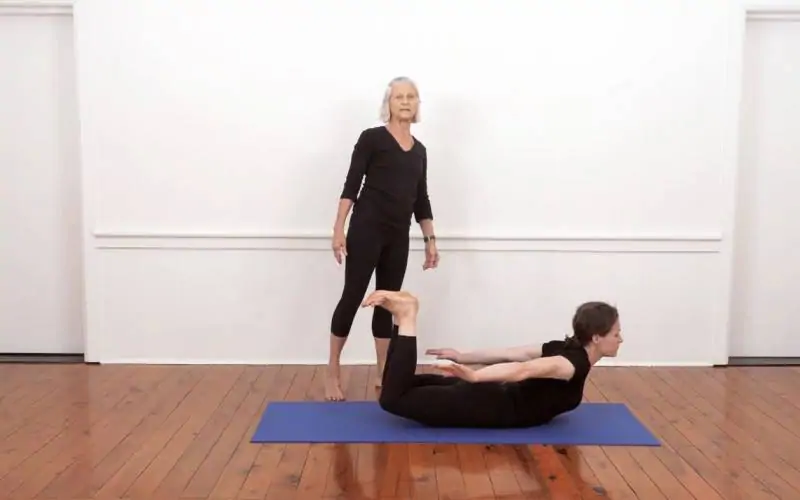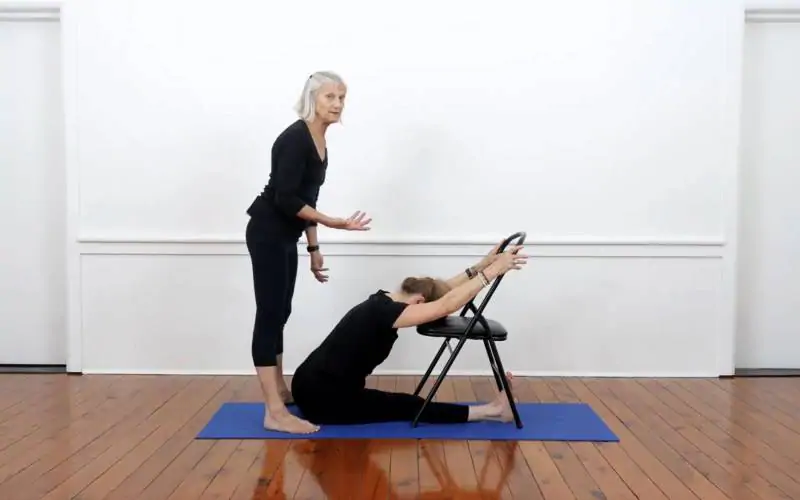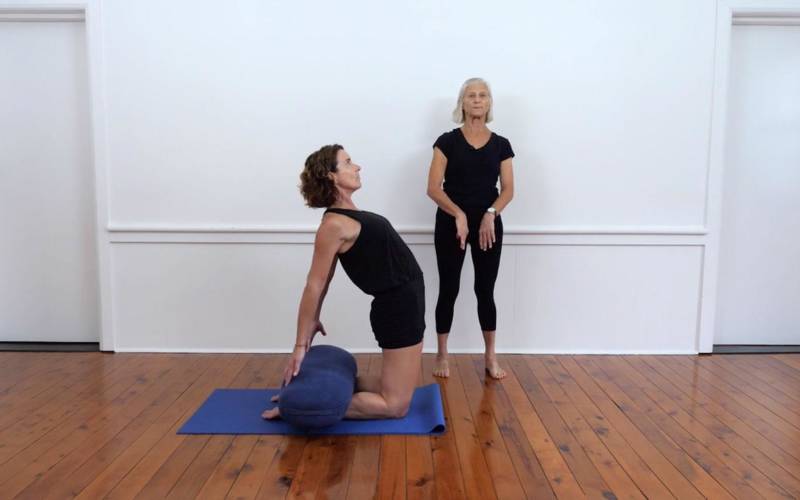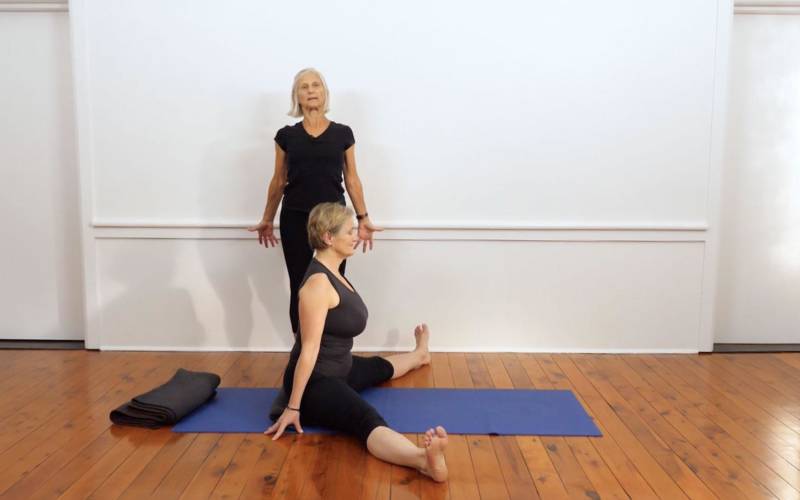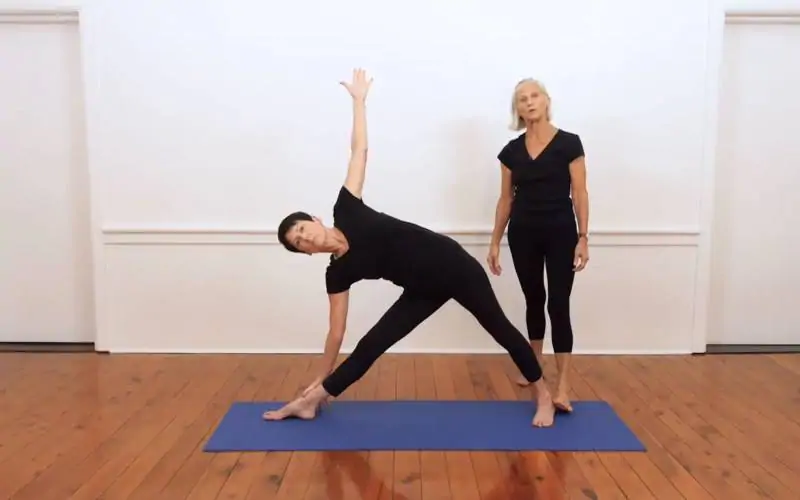How to perform Headstand Preparation
Place your forearms flat on the floor next to a wall and interlock your fingers behind the back of your skull. Keeping your head on the floor and your back straight, start to walk your feet closer toward your trunk. Straighten your back and pull your hips up to capacity. This can also be done with your feet to the wall.
What is Sirsasana Preparation?
This intermediate preparatory pose allows you to prepare your body for the full inversion as will be experienced in Sirsasana. Before going into the full variation, it is essential that every student makes sure they have cultivated enough strength and mobility in their shoulders, neck, and upper back in order to avoid injuries.
This pose is reminiscent of Adho Mukha Svanasana (Upward-Facing Dog), the main difference being that the crown of your head is placed down on the floor with your elbows down on the floor on either side of the head and your hands clasped behind it. Otherwise, just as in Upward-Facing Dog, your aim is to activate your arms and shoulders, keep your hamstrings strong, and lift your hips up high off the floor.
When to use Sirsasana Preparation?
This pose requires a great deal of effort. For this reason, it is best to use it in the middle or towards the end of the practice, as this will give you enough time to warm all the necessary muscles up.
It allows the student to enter into a half-inversion and to experience the invigorating effects such a position can have both on the body and the mind. This makes it very useful for the days when you feel down and your mood is flat. It will be quite challenging at first but, through repetition, you will be able to hold it for longer. When you feel comfortable holding this pose for a minute or more, you can start thinking about attempting the full inversion.
However, it should be approached with care if you are suffering from neck, shoulder, or back pain, as the strain can exacerbate it and lead to injuries. It is also best to skip inversions during menstruation.
If you are suffering from dizziness or high or low blood pressure, avoid going straight into pronounced inversions from the Sirsasana and Sarvangasana families. Work your way up to them through such forward bending poses as Uttanasana and Paschimottasana, or Adho Mukha Svanasana. These poses are useful for preparing your body for the inversion and counterbalancing it when you come back down. A great follow-up pose is Virasana, as it allows you to return to neutral, reconnect to your breath, and get grounded.
